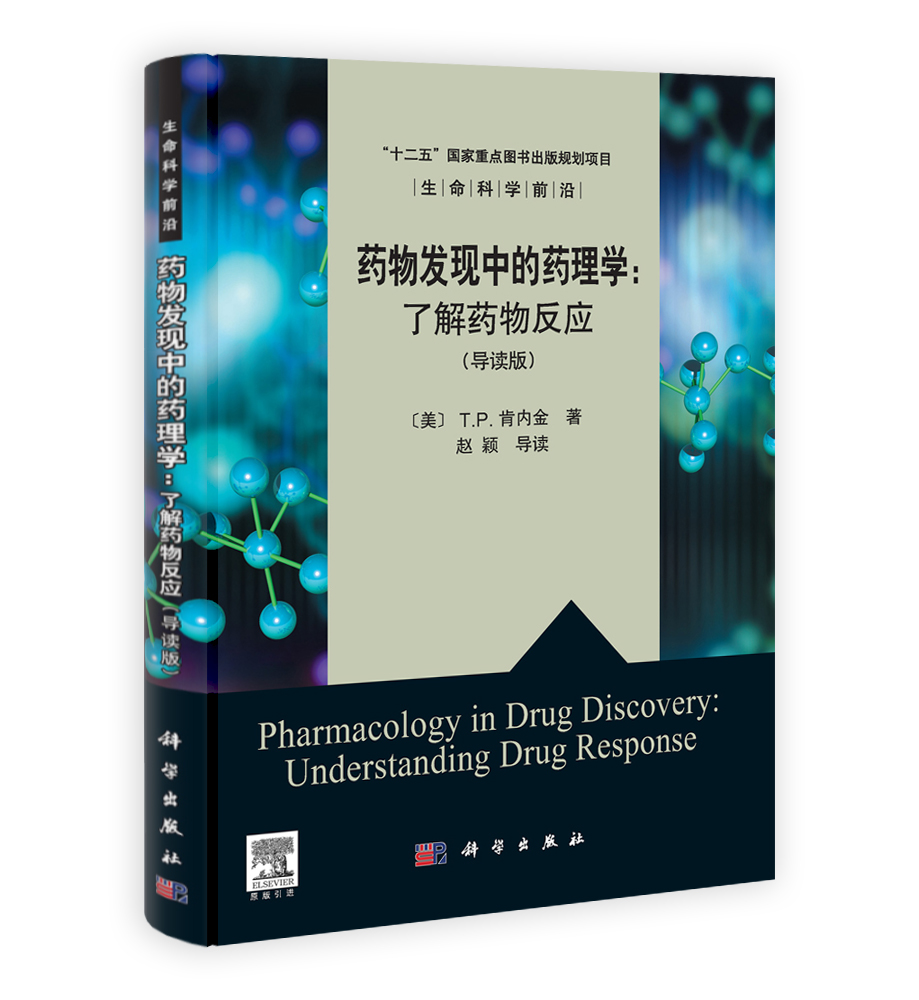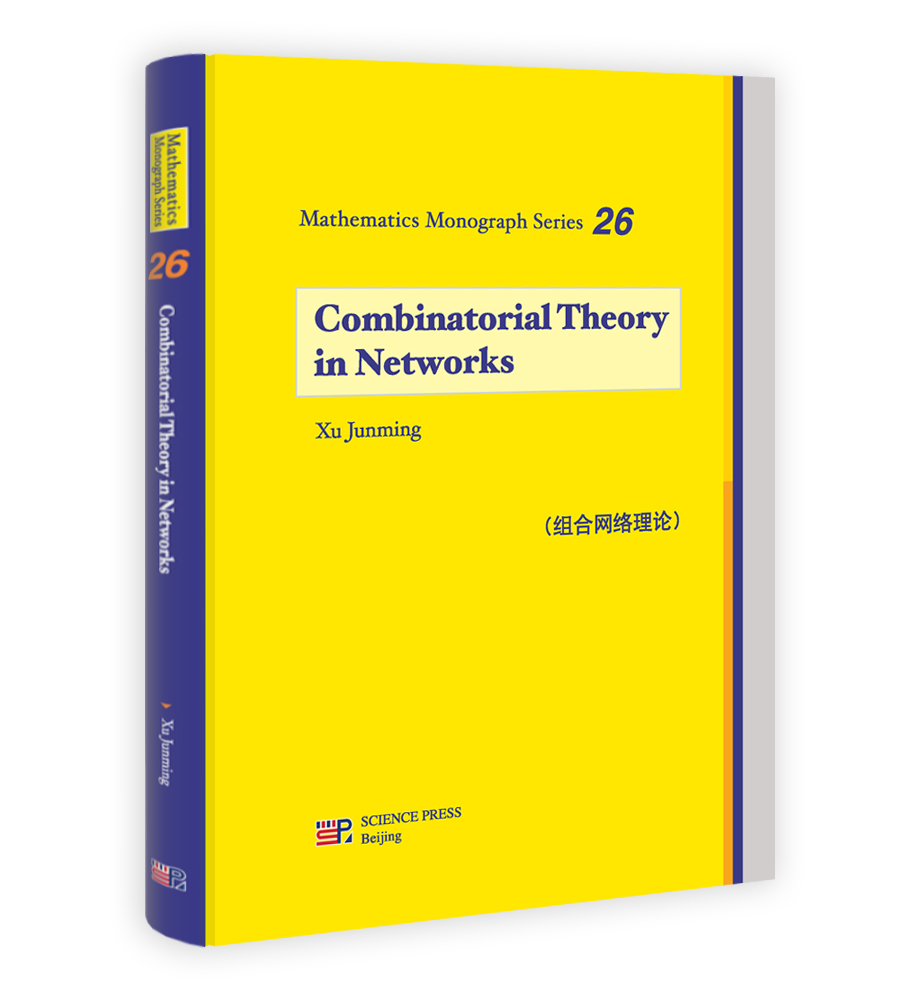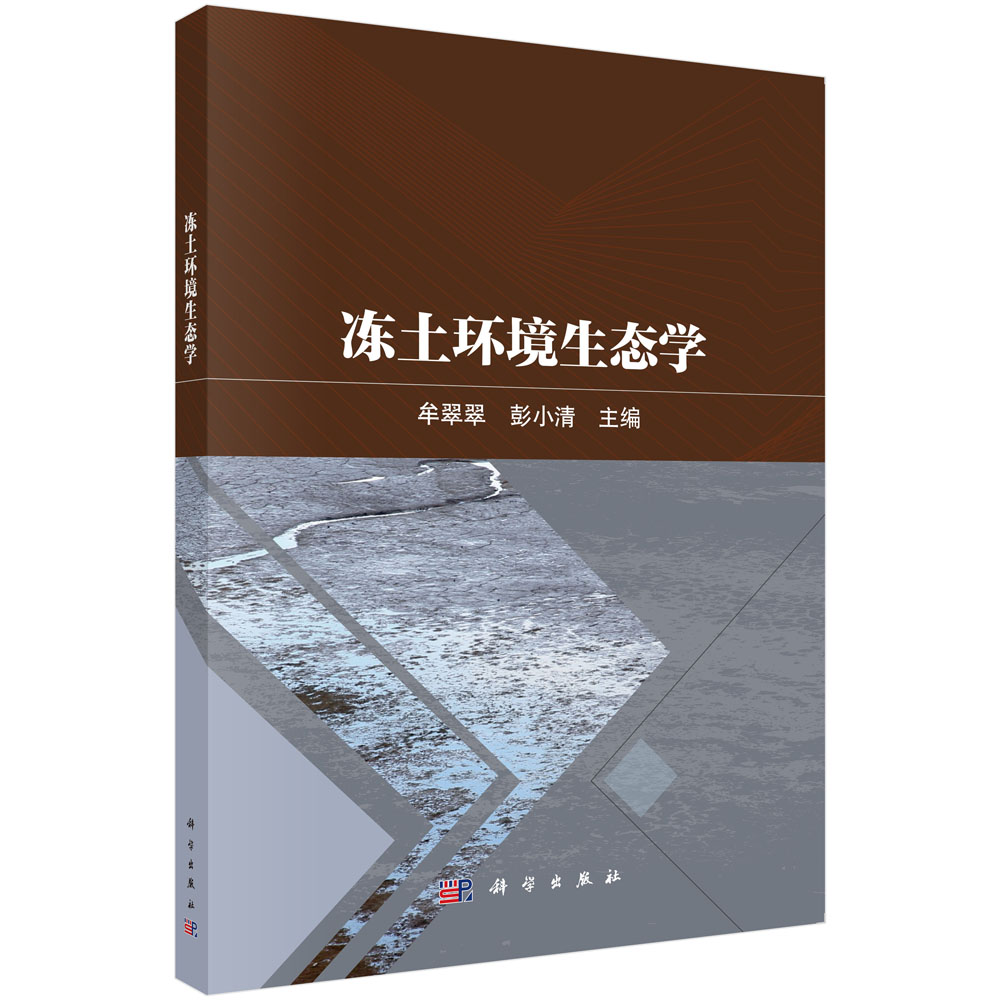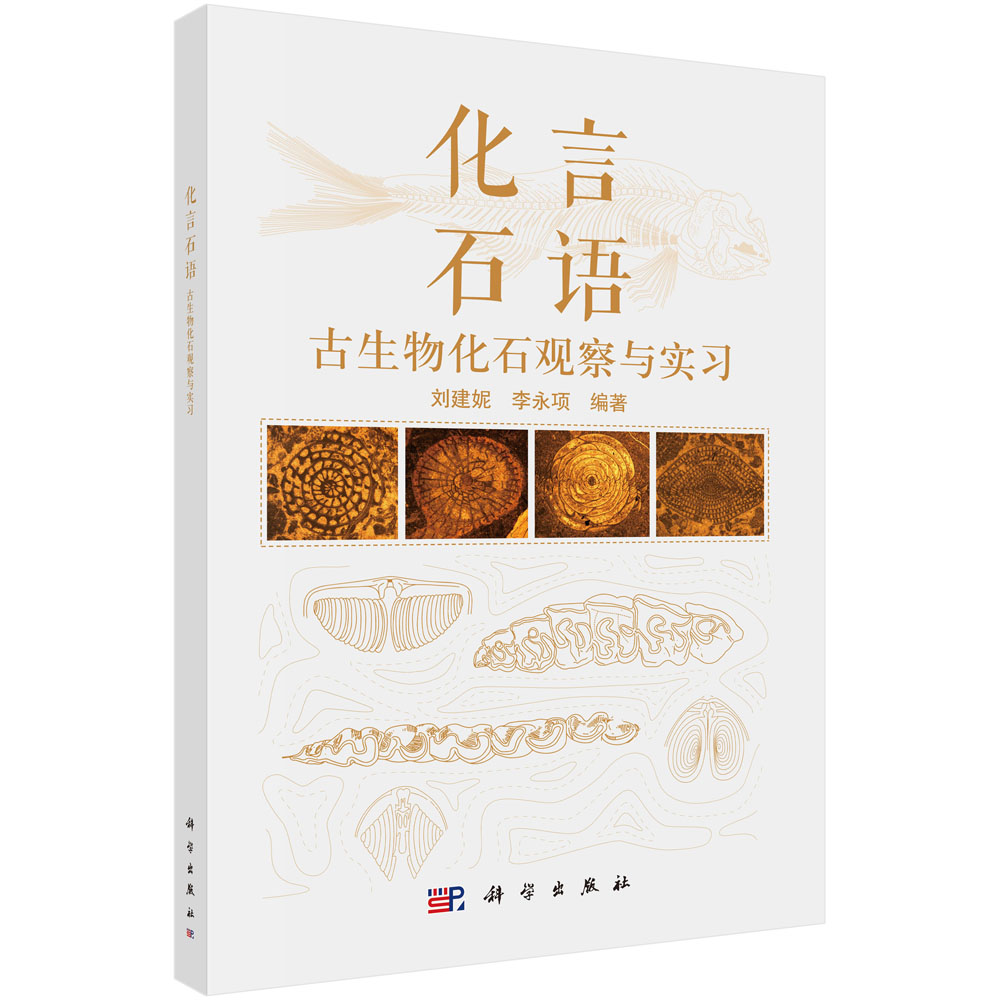本书内容涉及世界及我国在微重力流体热毛细对流方面的最新课题和研究结果,系统地介绍了问题的模型建立,实验、数值理论分析方法以及短时微重力实验。对地面、空间材料的模型化分析和流体力学基础研究有参考价值。
样章试读
目录
1.1 Floating?zone crystal growth
1.2 Physical model
1.3 Hydrodynamic model
1.4 Mathematical model
第1章References
2.Basic features of floating zone convection
2.1 Equations and boundary conditions
2.2 Simple solutions of FZ convection
2.3 Solution for two layers flow
2.4 Numerical simulation
2.5 Onset of oscillation
第2章References
3.Experimental method of FZ convection
3.1 Ground?based simulation experiments for Pr≥1
3.2 Temperature and velocity oscillations
3.3 Optical diagnostics of free surface oscillation
3.4 Critical parameters
3.5 Microgravity experiments
3.6 Ground?based simulation experiment for Pr≥1
第3章References
4.Mechanism on the onset of oscillatory convection
4.1 Order of magnitude analysis
4.2 Mechanism of hydrothermal instability
4.3 Linear stability analysis
4.4 Energy instability of thermocapillary convection
4.5 Unsteady numerical simulation of 2D and 3D
4.6 Two bifurcation transitions in the case of small Pr number fluid
4.7 Two bifurcation transitions in the case of large Pr number fluid
4.8 Transition to turbulence
第4章References
5.Liquid bridge volume as a critical geometrical parameter
5.1 Critical geometrical parameters
5.2 Ground?based and microgravity experiments
5.3 Instability analyses of a large prandtl number (Pr≥1)fluid
5.4 Instability analyses of a small prandtl number (Pr≥1)fluid
5.5 Numerical simulation on two bifurcation process
第5章References
6.Theoretical model of crystal growth by the floating zone method
6.1 Concentration distribution in a pure diffusion process
6.2 Solutal capillary convection and diffusion
6.3 Coupling with phase change convection
6.4 Engineering model of floating zone technique
第6章References
7.Influence of applied magnetic field on the FZ convection
7.1 Striation due to the time dependent convection
7.2 Applied steady magnetic field and rotational magnetic field
7.3 Magnetic field design for floating half zone
7.4 Influence of magnetic field on segregation
第7章References
8.Influence of residual acceleration and g?jitter
8.1 Residual acceleration in microgravity experiments
8.2 Order of magnitude analyses (OMA)
8.3 Rayleigh instability due to residual acceleration
8.4 Ground?based experiment affected by a vibration field
8.5 Numerical simulation of a low frequency g?jitter
8.6 Numerical simulation of a high frequency g?jitter
第8章References
]]>














